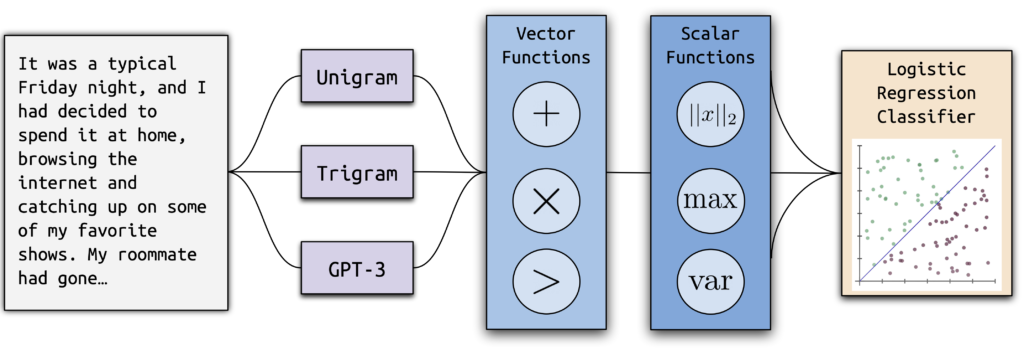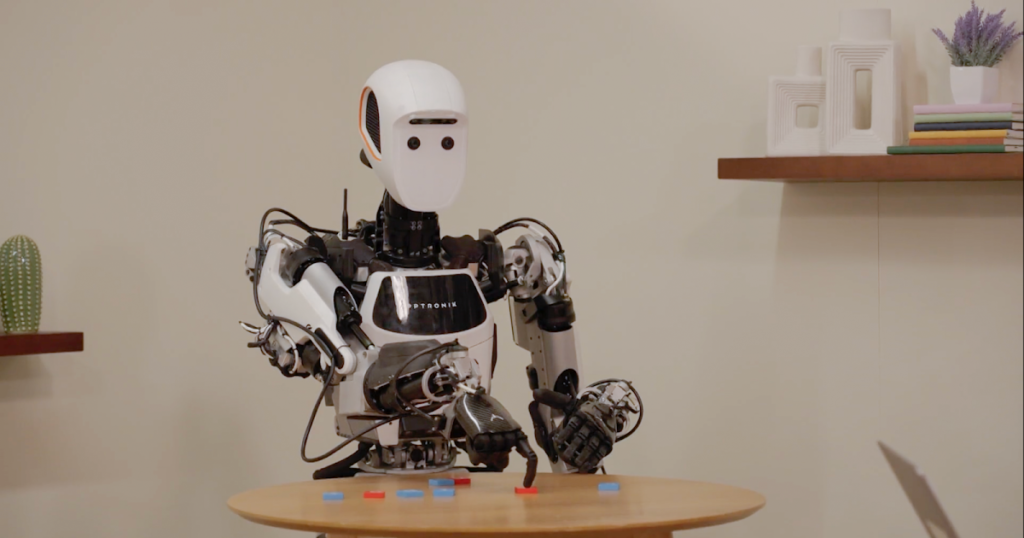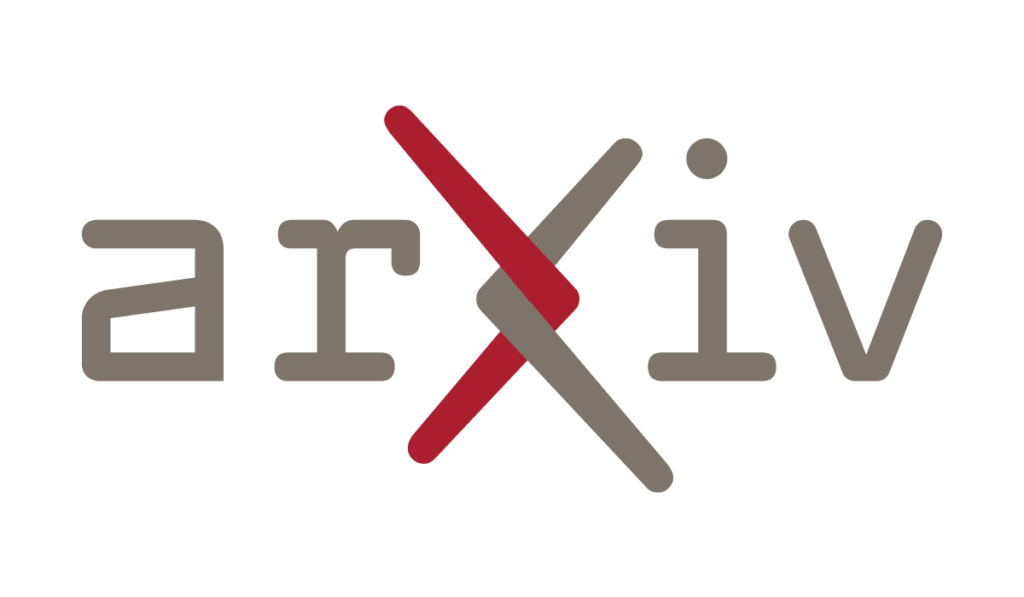March 13, 2025
Visualizing Weights
This article is part of the Circuits thread, an experimental format collecting invited short articles and critical commentary delving into the inner workings of neural networks. Curve Circuits Branch Specialization Introduction The problem of understanding a neural network is a little bit like reverse engineering a large compiled binary of a computer program. In this analogy, the weights of the neural network are the compiled assembly instructions. At the end of the day, the weights are the fundamental thing you want to understand: how does this sequence of convolutions and matrix multiplications give rise to model behavior? Trying to understand




